Experimental Probability
In probability situations, an _________ is a process with an uncertain result.
In probability situations, an ACTION is a process with an uncertain result.
Determine whether the situation should be described as IMPOSSIBLE, UNLIKELY, AS LIKELY AS NOT, LIKELY or CERTAIN
You flip a coin and it lands on tails.
AS LIKELY AS NOT
There is a 50% chance it is heads
There is a 50% chance it is tails
It is AS LIKELY to land on tails AS it is to NOT
ACTION: Spin the spinner once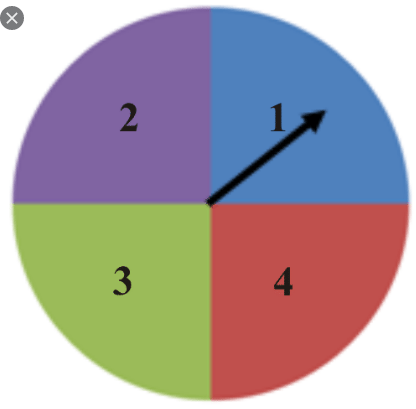
What is the sample space for the action?
How many possible outcomes are in the sample space?
Sample Space: 1, 2, 3, 4
Possible Outcomes: 4
Complete the blanks entirely for credit. Each blank is a word.
Experimental Probability is the likelihood that an event will occur based on its ________ _________.
(times the event occurs / total _______)
Experimental Probability is the likelihood that an event will occur based on its RELATIVE FREQUENCY
(times the event occurs / total TRIALS)
Based off of your class notes, fill in the blanks to complete the equation for THEORETICAL PROBABILITY.
# of ____ Outcomes / # of ____ Outcomes
Theoretical Probability is equal to
# of FAVORABLE Outcomes / # of POSSIBLE Outcomes
A possible result of an action
An OUTCOME is a possible result of an action
Determine whether the situation should be described as IMPOSSIBLE, UNLIKELY, AS LIKELY AS NOT, LIKELY or CERTAIN
The earth will rotate around the sun
CERTAIN
EVENT: Choose a boy
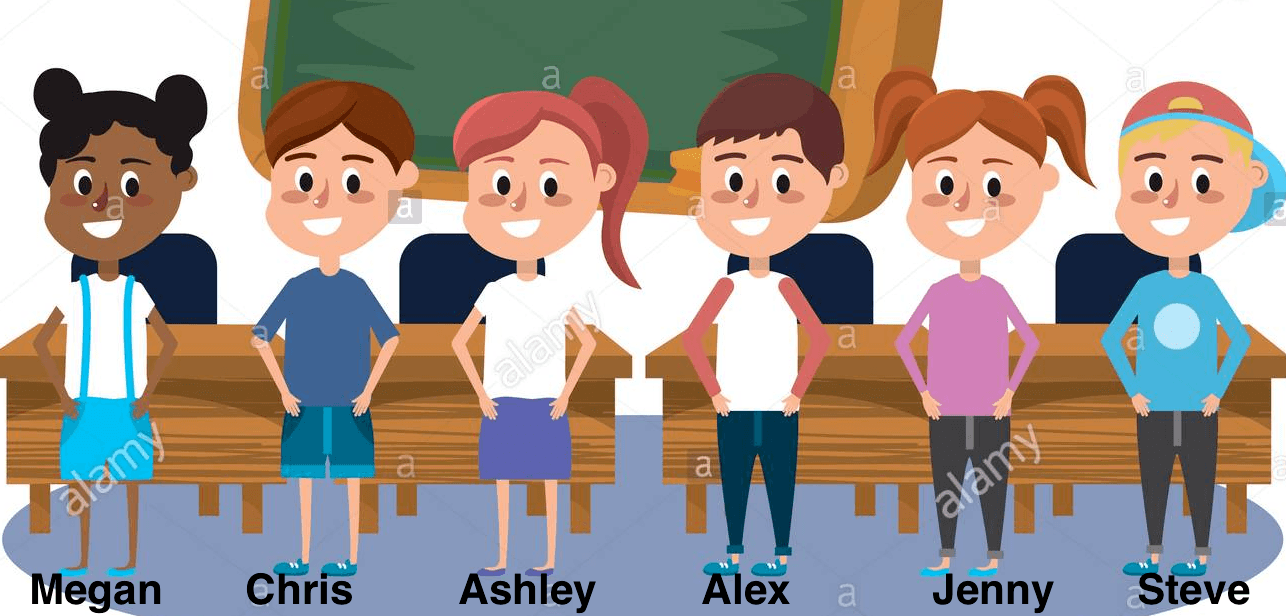
What is the sample space for the event?
How many outcomes are in the sample space?
Sample Space: Chris, Alex, Steve
Possible Outcomes: 3
The table show the results of rolling a number cube 100 times.

What is the RELATIVE FREQUENCY of the event "roll a 2"?
Relative Frequency = 14 times rolling two / 100 rolls
Relative Frequency = 14/100 = 7/50
Relative Frequency = 0.14
Relative Frequency = 14%
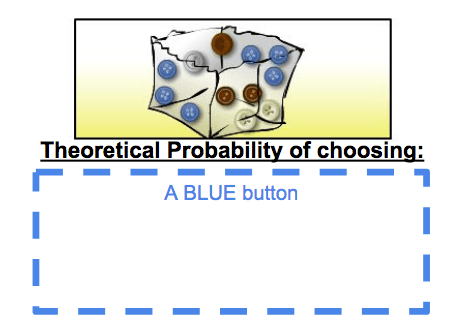
P(blue-button)=6/12=1/2
P(blue-button)=0.5
P(blue-button)=50%
The set of all possible outcomes
The SAMPLE SPACE is the set of all possible outcomes
Determine whether the situation should be described as IMPOSSIBLE, UNLIKELY, AS LIKELY AS NOT, LIKELY or CERTAIN
A tiger will fly
IMPOSSILBLE
EVENT: Throw a dart and hit an odd number
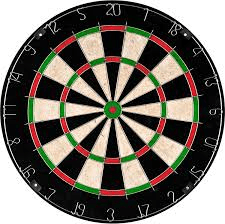
What is the sample space for the event?
How many possible outcomes are in the sample space?
Sample Space: 1,3,5,7,9,11,13,15,17,19
Possible Outcomes: 10
The table shows the class's results for spinning the spinner 40 times.
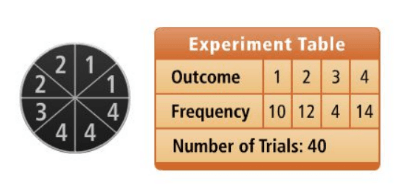 Based on these results, if the class were to spin another 40 times, what is the EXPERIMENTAL PROBABILITY of spinning a number less than 3.
Based on these results, if the class were to spin another 40 times, what is the EXPERIMENTAL PROBABILITY of spinning a number less than 3.
P(<3)=22/40
P(<3)=11/20
P(<3)=0.55
P(<3)=55%
Which of the following shows THEORETICAL PROBABILITY?

II. A teacher chooses 1 student at random from a class of 13 boys and 12 girls.
P(boy)=13/25
There are 13 boys - favorable outcomes
There are 25 students - possible outcomes (boys and girls)
-The likelihood something is to occur based on logic and reasoning.
-Favorable Outcomes / Possible Outcomes
THEORETICAL PROBABILITY is the likelihood an event will occur.
Favorable Outcomes / Possible Outcomes
Determine whether the situation should be described as IMPOSSIBLE, UNLIKELY, AS LIKELY AS NOT, LIKELY or CERTAIN
Your friend will win the jackpot in the lotteryUNLIKELY
Event: Roll a multiple of 2
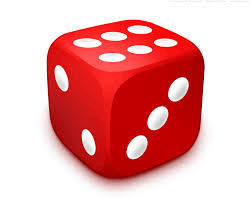
What is the sample space for the event?
How many possible outcomes are in the sample space?
Sample Space: 2,4,6
Possible Outcomes: 3
The table shows the results of rolling a number cube 100 times.
 Based on the results, write the experimental probability of the event "roll a factor of 2" as a fraction, decimal and percent.
Based on the results, write the experimental probability of the event "roll a factor of 2" as a fraction, decimal and percent.
1 and 2 are both factors of 2. We rolled a 1 22-times and a 2 14 times. We rolled a factor of 2 36 times out of the 100 rolls.
P(Multiple of 3)=36/100
P(Multiple of 3)=0.36
P(Multiple of 3)=36%
You choose 1 card at random.
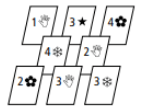 What is the theoretical probability of choosing a card with an odd number and a hand?
What is the theoretical probability of choosing a card with an odd number and a hand?
P(odd+hand) = 2/8 = 1/4 = 0.25 = 25%
-The likelihood an event will occur based on its relative frequency
-times the event occurs / total trials
EXPERIMENTAL PROBABILITY describes the likelihood an event will occur based on its relative frequency
-times the event occurs / total trials
Determine whether the situation should be described as IMPOSSIBLE, UNLIKELY, AS LIKELY AS NOT, LIKELY or CERTAIN
We will do a lesson in Peardeck next week.LIKELY
Event: Choose a heart
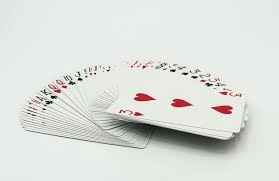
What is the sample space for the event?
How many possible outcomes are in the sample space?
Sample Space:
2h,3h,4h,5h,6h,7h,8h,9h,10h,Jh,Qh,Kh,Ah
Possible Outcomes: 13

P(sprinkles) = 6/16 = 3/8
P(sprinkles) = 0.375
P(sprinkles) = 37.5% Rounded: 38%
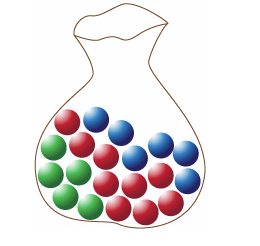
You choose 1 marble at random. What is the theoretical probability that you choose a marble that is not red? Write your answer 3 ways
P(G/B) = 11/20 = 0.45 = 45%